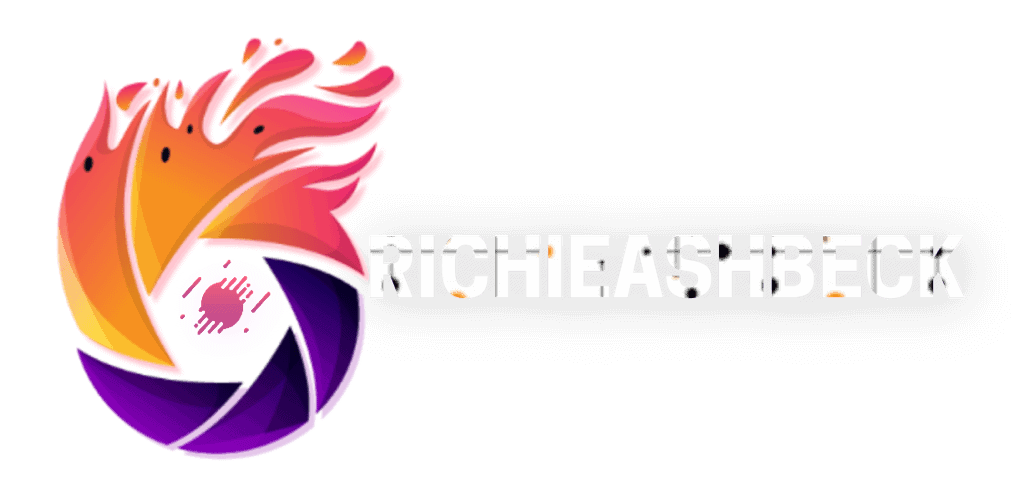The Evolution of Web Design
Web design is an ever-evolving field that blends creativity, technology, and user experience to create visually appealing and functional websites. As we head into 2023, it’s important to stay updated on the latest trends, best practices, and tools that can help both novice and experienced designers create stunning websites. Here’s a deep dive into what’s trending in web design and tips to elevate your skills.
1. Embracing minimalism.
Less is more: the adage rings true in web design. Clean, minimalistic design continues to dominate, allowing content to shine without unnecessary distractions. Users appreciate websites that load quickly and are easy to navigate. Use plenty of white space, simple typography, and a limited colour palette to create an elegant look.
2. Dark Mode Design.
Dark mode has become increasingly popular, not just as an aesthetic choice but also for ease of reading. Designers are now developing interfaces that cater to both light and dark mode preferences. Consider how colour schemes interact in both modes to ensure readability and user comfort.
3. Bold Typography.
Typography is taking centre stage in 2023. Designers are utilising large, bold fonts to create strong headings and eye-catching calls to action. Don’t be afraid to experiment with unique typefaces and sizes to express your brand’s personality, but be mindful of readability across devices.
4. Micro-Interactions
Micro-interactions are small animations that enhance the user experience without overwhelming the interface. They can provide feedback, guide users, or simply add a fun element to the design. Examples include buttons that change colour when hovered over or subtle animations that indicate progress. Keeping the interactions intuitive can significantly enhance user satisfaction.
5. A responsive design is a must.
With the increasing variety of devices used for browsing, responsive design is essential. Websites must perform seamlessly on desktops, tablets, and smartphones. Utilise flexible grids, scalable images, and media queries to ensure a seamless experience across all devices.
6. Utilising AI in Design.
Artificial intelligence is transforming the way designers work. Tools like Adobe Sensei and Canva’s Magic Resize can automate tedious tasks, allowing designers to focus more on the creative aspects. AI can also analyse user behaviour to inform design decisions, enhancing the overall user experience.
7. Sustainability in Web Design.
More designers are focusing on sustainability, both in terms of the materials they use and the performance of their websites. Reducing file sizes, optimising images, and minimising code can lead to faster load times, which not only improves user experience but also decreases the energy consumption of websites.
8. Content First Approach.
Search engines prioritise quality content, making a content-first approach essential. Start your design process by defining your website’s purpose and the target audience. Build the layout around the content, ensuring that it’s presented in an organised and appealing manner.
9. User testing and feedback loops.
Testing is crucial. Gathering user feedback through testing phases can help identify pain points in your design. Use tools like Hotjar or Google Optimise to gather data on user behaviour and optimise your designs based on real user interactions.
10. The Power of Colour.
Colour plays a critical role in web design. It can evoke emotions, direct attention, and establish brand identity. In 2023, expect to see bold and vibrant colours making a comeback. Experiment with gradients and unexpected colour combinations to create a memorable and engaging user experience.
Tools You Should Consider
- Figma: Collaborative design tool that allows real-time feedback and prototyping.
- Webflow: A powerful tool for building responsive websites without having to code.
- Adobe XD: Great for wireframing and designing user interfaces.
- Canva: Useful for creating graphics and visual content quickly.
- Sketch: Ideal for UI/UX design, especially for macOS users.
Conclusion
Web design is more than just making websites pretty; it’s about creating enjoyable and functional experiences. By staying updated on trends and continuously honing your skills, you can create websites that resonate with users and adapt to the ever-changing digital landscape. Embrace these insights and tools as you embark on your web design journey in 2023, and watch your designs flourish!


